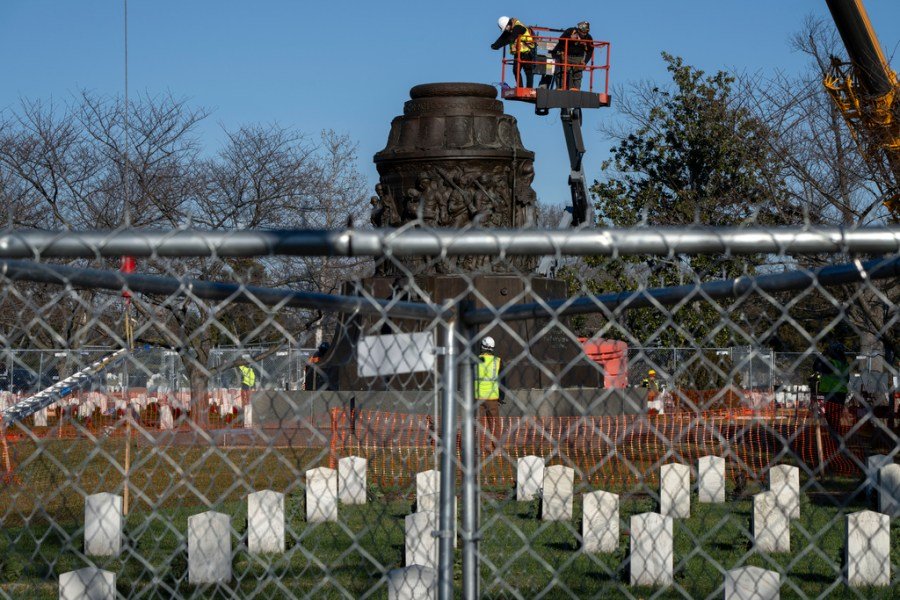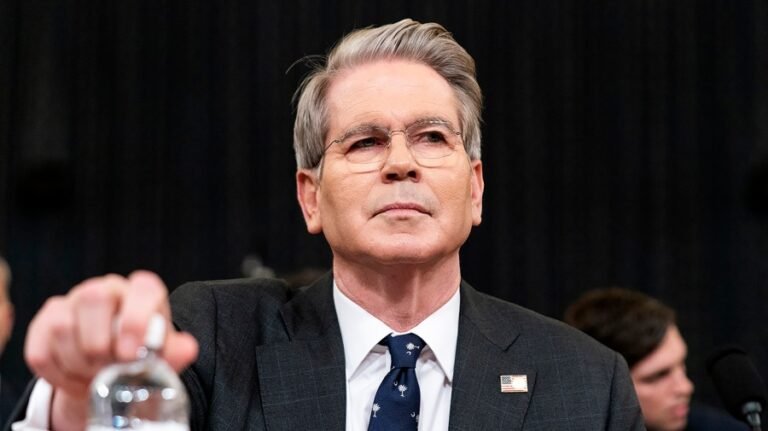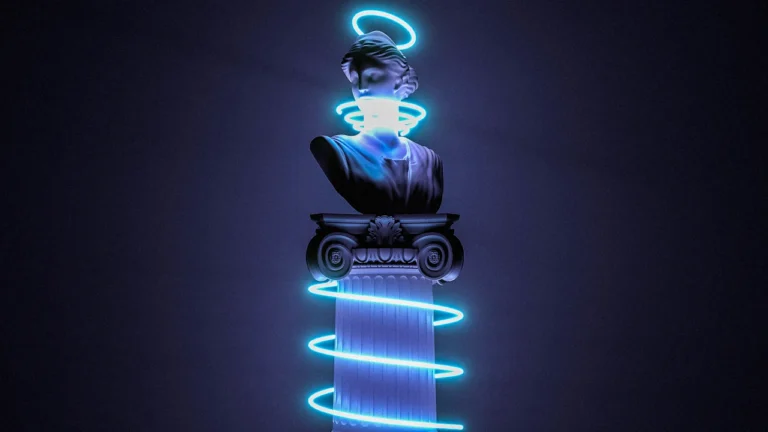
Secretary of Defense Pete Hegseth has announced plans to return the Arlington Confederate Memorial, otherwise known as the Reconciliation Memorial, to the Confederate portion of Arlington National Cemetery. This drew a rebuke from retired Army General Ty Seidule, former vice-chair of the Naming Commission, the body Congress created to review Confederate iconography within the Defense Department.
“By ordering the monument back,” Seidule wrote in The Hill recently , “Hegseth is subverting Congress and the will of the American people.”
Those are bold words from the general, who describes himself as a student of “Confederate commemoration.” Well, I am the great-grandson of a Confederate soldier. My great-grandfather’s family included five Confederate cavalrymen and one infantryman. I’m an American person and I applaud Hegseth’s action.
Members of the Naming Commission have been misleading the American people, pretending they had a popular mandate to act that simply never existed.
To hear them tell it — those few who are willing speak publicly, that is — Congress wholeheartedly endorses their work. But the commission’s creation was not by public acclaim or popular legislation. Rather, it was an obscure proposal, buried deep within the fiscal 2021 National Defense Authorization Act — the behemoth bill authorizing all U.S. military operations.
On Feb. 7, 2024, commission members held a seminar at Hamilton College in New York. One declared that Congress had given the commission’s work overwhelming support. “In voting to override” President Trump’s lame-duck veto of that bill, “bipartisan supermajorities of 81 senators and 322 representatives declared it was time to try to end Confederate commemorations. Two years later, in 2022, with the midterm election in full swing, about the same number if not more welcomed the Naming Commission’s report, endorsed its recommendations and greenlit the Defense Department to move out.”
The commission’s final report proclaims: “In passing the 2021 William M. ‘Mac’ Thornberry National Defense Authorization Act, the United States Congress determined that Confederates and the Confederacy no longer warrant commemoration through Department of Defense assets.” But if Congress enthusiastically endorses the commission’s recommendations, its judgements, and its sweeping opinion of its mandate, it sure has an odd way of showing it.
In reality, the Naming Commission had already disbanded long before average people even realized what it was doing — that its recommendations went fa beyond just changing the names of a few Army bases. The email address for its press point-of-contact was dead by the beginning of January 2023, and the commission’s website had already disappeared by April.
The only commissioner who was a sitting member of Congress and the only representative of a former Confederate state — Rep. Austin Scott (R-Ga.) — refused to answer questions about the commission’s actions. His staff told me that the commission had asked members not to comment publicly on its work.
Thousands of letters and emails, to hundreds of Congressional members and staffers, asking for explanations of the commission’s actions (and Congress’ oversight of it) have gone unanswered. In fact, it is almost impossible to find any member of Congress who wants to talk publicly about this matter. If this was Congress’s specific intention in passing that much bigger defense package, then why isn’t Capitol Hill trumpeting this rousing bipartisan success?
Many Union veterans were unhappy when the Reconciliation Memorial was erected in 1914. But other Northerners and Southerners saw the memorial as a demonstration that two dramatically different parts of a growing nation, despite holding irreconcilable opinions on what the nation’s Civil War experience meant, could reach an accommodation that both sides could live with. That would help the nation put the war’s trauma behind it and build a newly united nation.
To the allegation that the monument “clearly commemorates the Confederacy and its purpose — chattel slavery,” I would quote back the prepared remarks at the dedication ceremony by Washington Garner, Commander in Chief of the Grand Army of the Republic — the leading organization for Union Civil War veterans.
“This memorial structure speaks the language of peace and good-will,” he said. “It seems fitting that here in this place and on these grounds, once the home of Robert E. Lee, there should rest the remains of some of the gallant men who followed that great soldier even unto death. It is fitting here, in sight of the Nation’s Capital, and in this vast burial plot consecrated to American valor that some of our fellow countrymen, the representatives of once-hostile armies whose unsurpassed bravery is now a common heritage and pride, should rest in undisturbed slumber.”
One hundred years ago, veterans from opposing sides of our nation’s most divisive and traumatic war found a way to compromise, reconcile and move forward.
Two years ago, Congress’ agents determined that it was not only necessary but “the will of the American people” to undo all of that — to remove a statue from a remote part of a cemetery. Our enemies might interpret that as a sign that we are becoming an emotionally and culturally brittle people — as Osama Bin Laden once put it, “a weak horse.”
Weak horses invite attack by predators. A strong and confident nation, on the other hand, demonstrates that it can handle the complexities of its history and does not feel compelled to judge people from the past based on present-day sensibilities. Hegseth’s decision to restore the Reconciliation Memorial to Arlington is a sign that the weak horses and “woke lemmings” are no longer in charge in Washington.
Donald Smith is a member of the Arizona Division of the Sons of Confederate Veterans.





